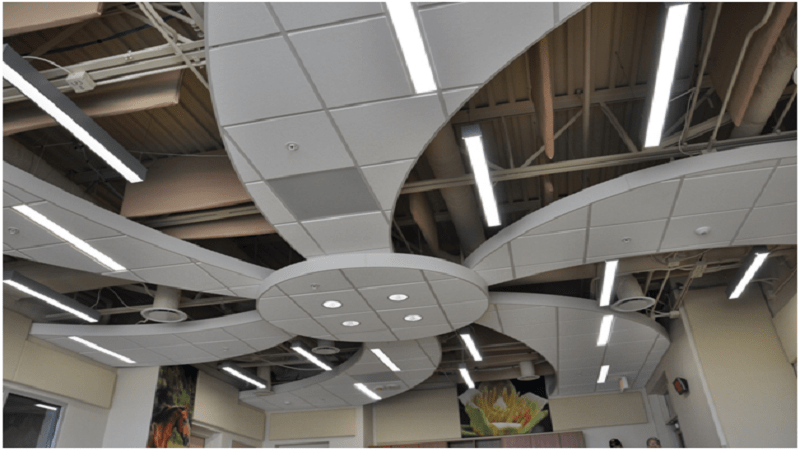Heating and cooling a building using HVAC is cost-effective and energy-efficient. Air is circulated through ducts and vents to provide a clean and filtered supply that is cooled or warmed to specific temperatures and may have been treated for allergens or to remove excess moisture. Other vents expel the stale air from the building for a constantly maintained and pleasant atmosphere.
Essential Ductwork
Ductwork can be made from several materials both rigid and flexible and manufactured in oval, round or even rectangular cross sections depending on the installation. However constructed, ductwork is essential in areas that generate moisture, smoke and fumes, whether in a domestic or commercial setting, and will usually be branched from larger plenums before connecting to the central HVAC unit.
A HVAC system will typically consist of units for cooling, heating, removing moisture, filtering and blowing air around the system. But how do you choose the right ductwork supplies for your HVAC system?
Getting the Size Right
It can be complex to calculate the right dimension of ductwork to deliver the ideal airflow through your HVAC system. However, by adding valves and other devices, you can more precisely control the flow of hot or cold air to different areas of the home or office. You can find suitable ducting supplies at suppliers like https://www.dustspares.co.uk/ to help you design the optimum flow-through for your system.
Consider Materials
There are several types of ducting material, each with pros and cons. Metal is noisy and can conduct heat out of the system, but it’s easy to cut and to create bends and other custom-made installation solutions. Reinforced plastic ductwork can’t match the flexibility of metal for tight turns but can be insulated for noise suppression and temperature control. In the right place, fibreglass panels deliver heat and sound insulation plus the ability to be easily cut. Continue reading
It’s also possible to retrofit insulation for existing metal ductwork systems to reduce the danger of mildew and mould and encourage greater energy-efficiency by using a spray foam. It’s also possible to combine different materials in the same system, using each one for optimum efficiency – for example, metal ducting is the smart choice for the main ducts in your system, while flexible plastic is the smart choice when you want to connect the main ducts to the vent outlets.







